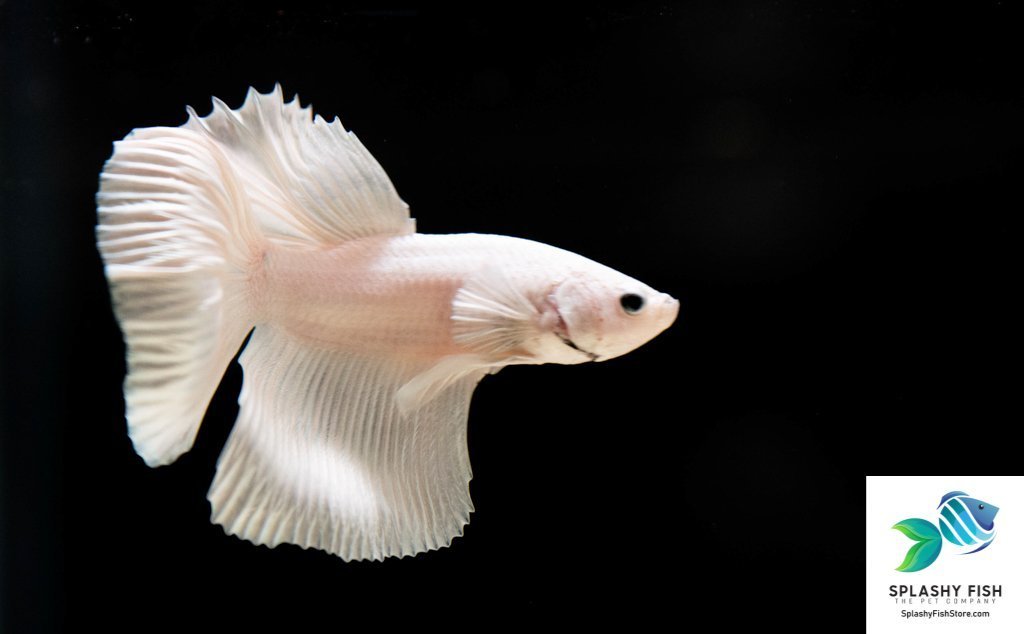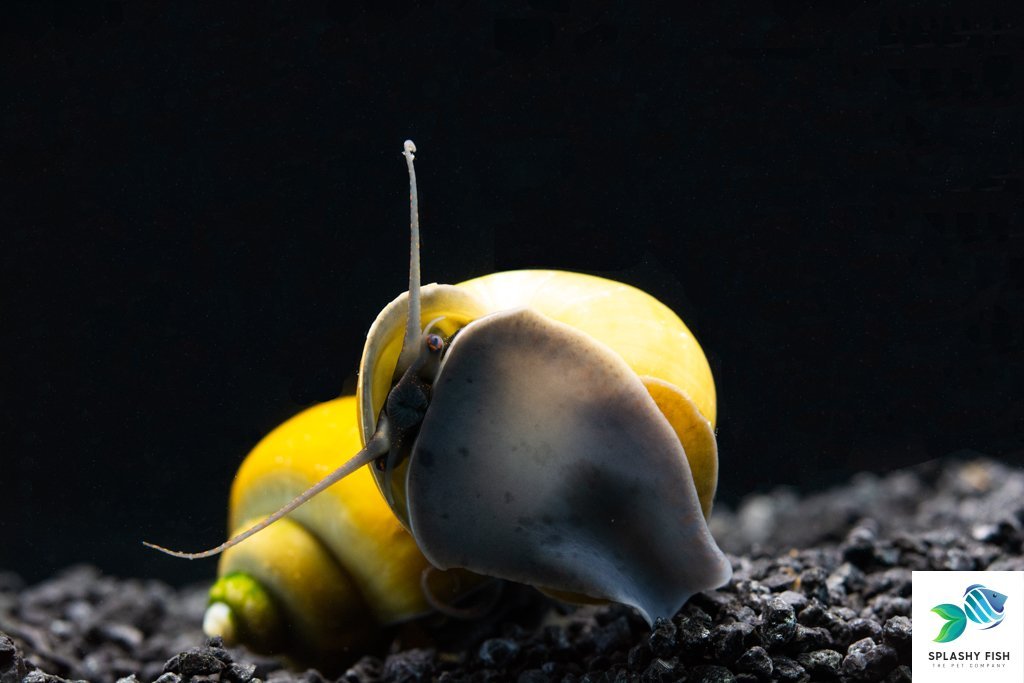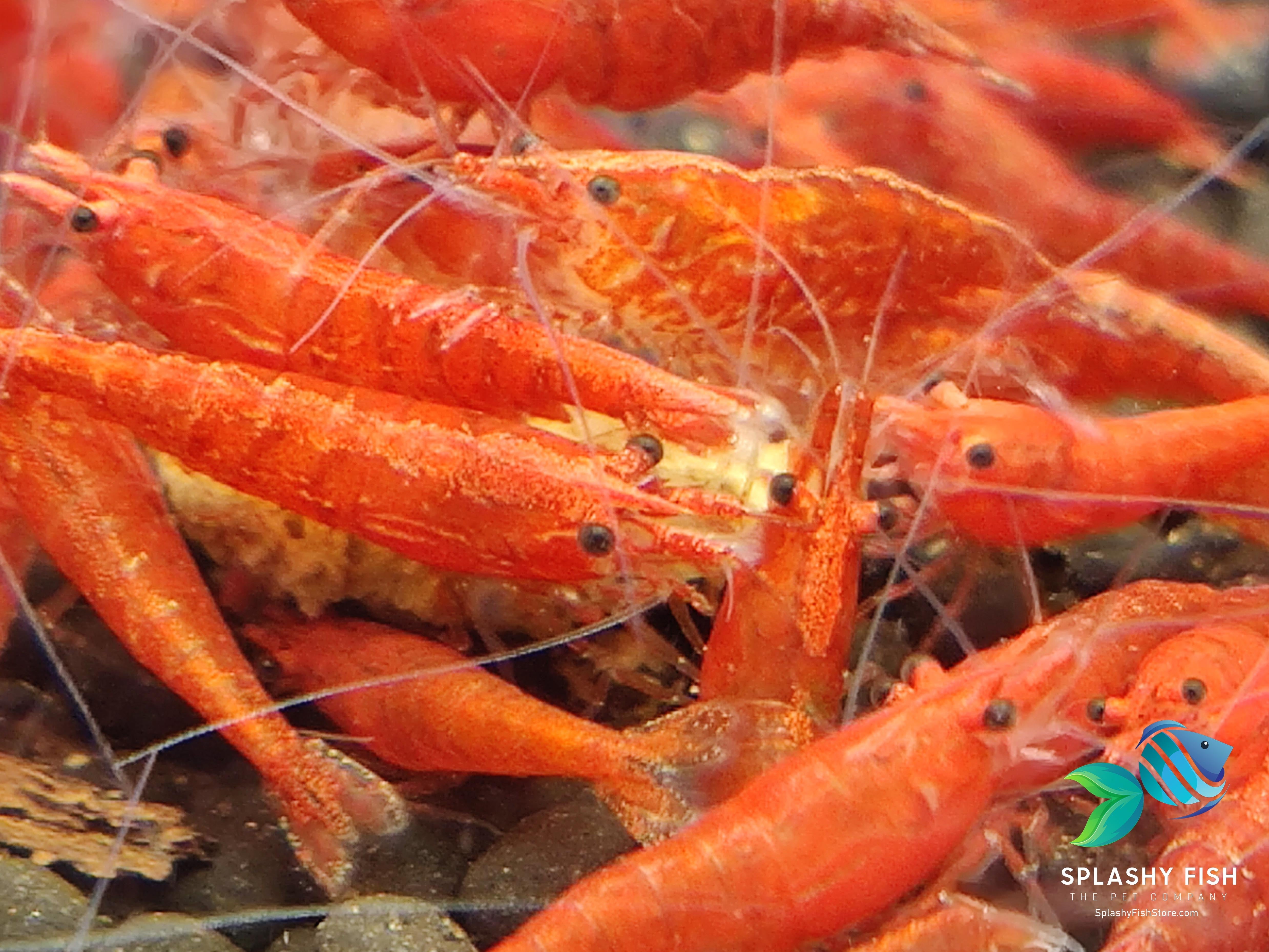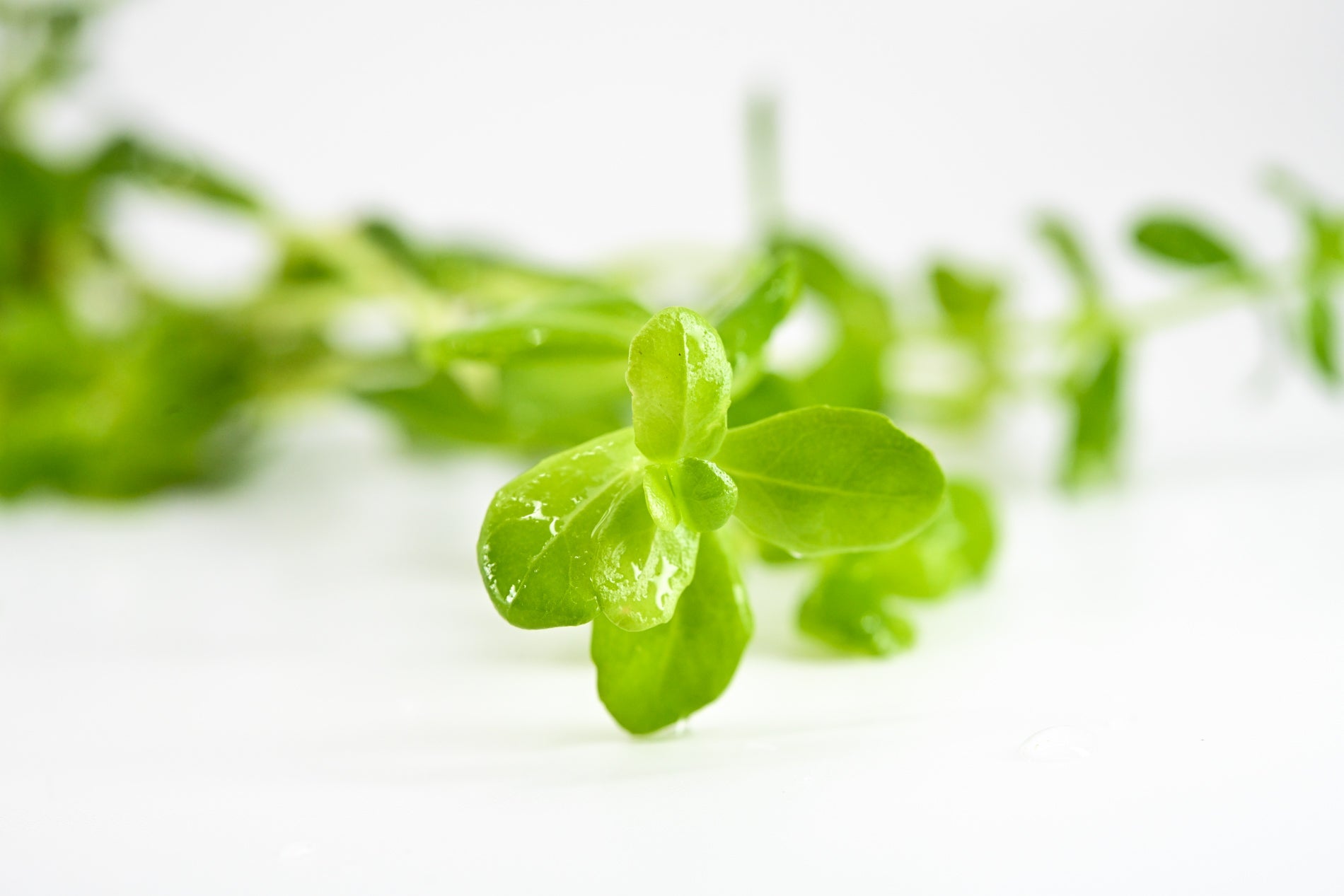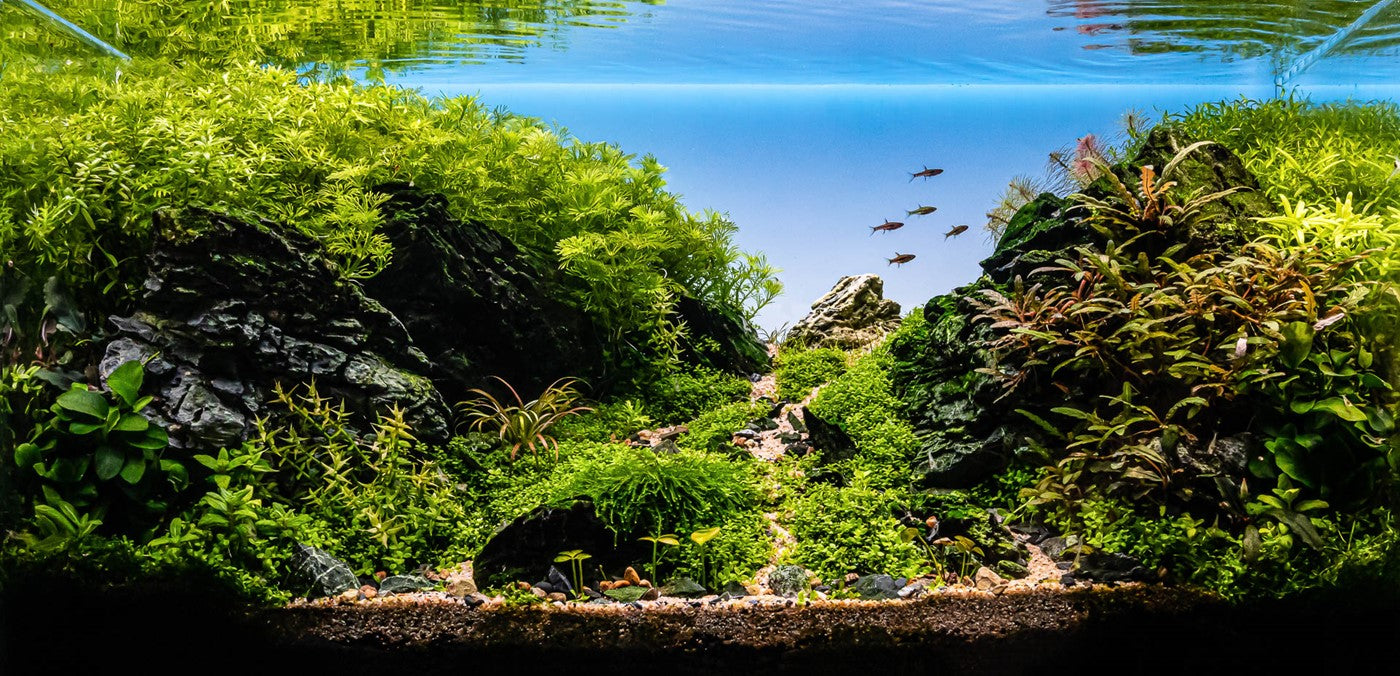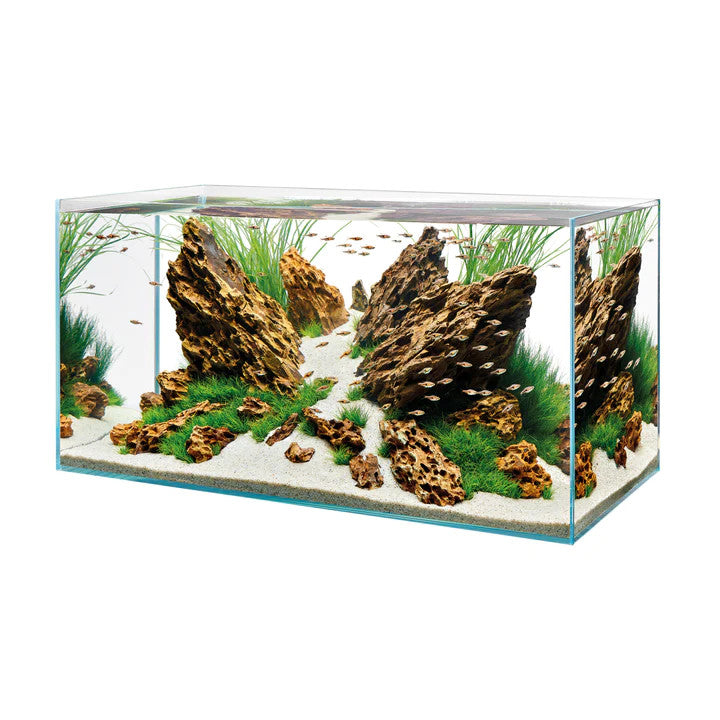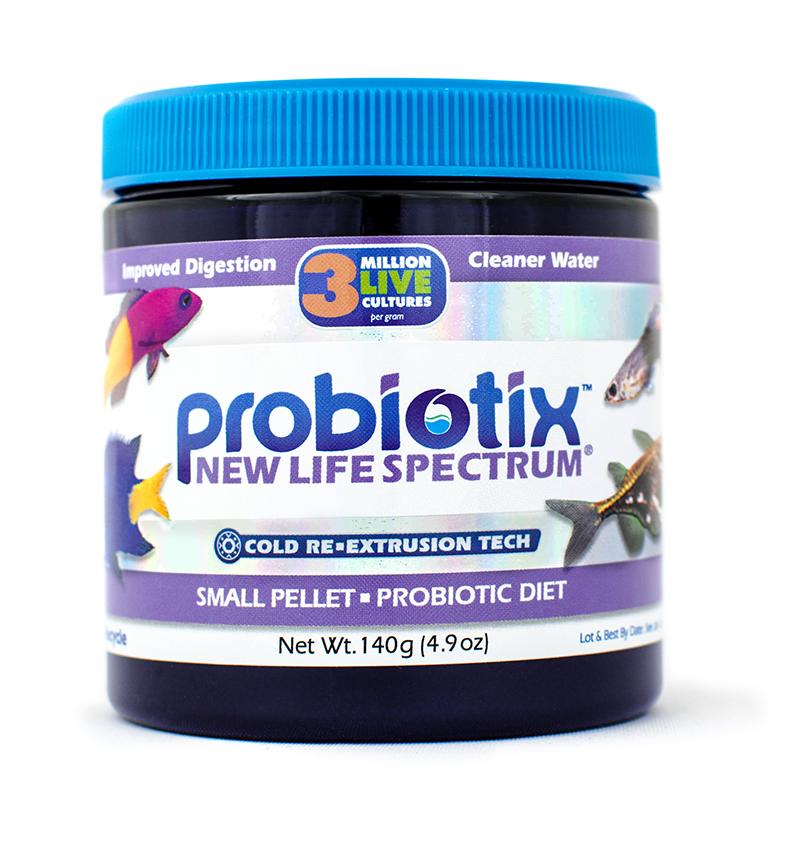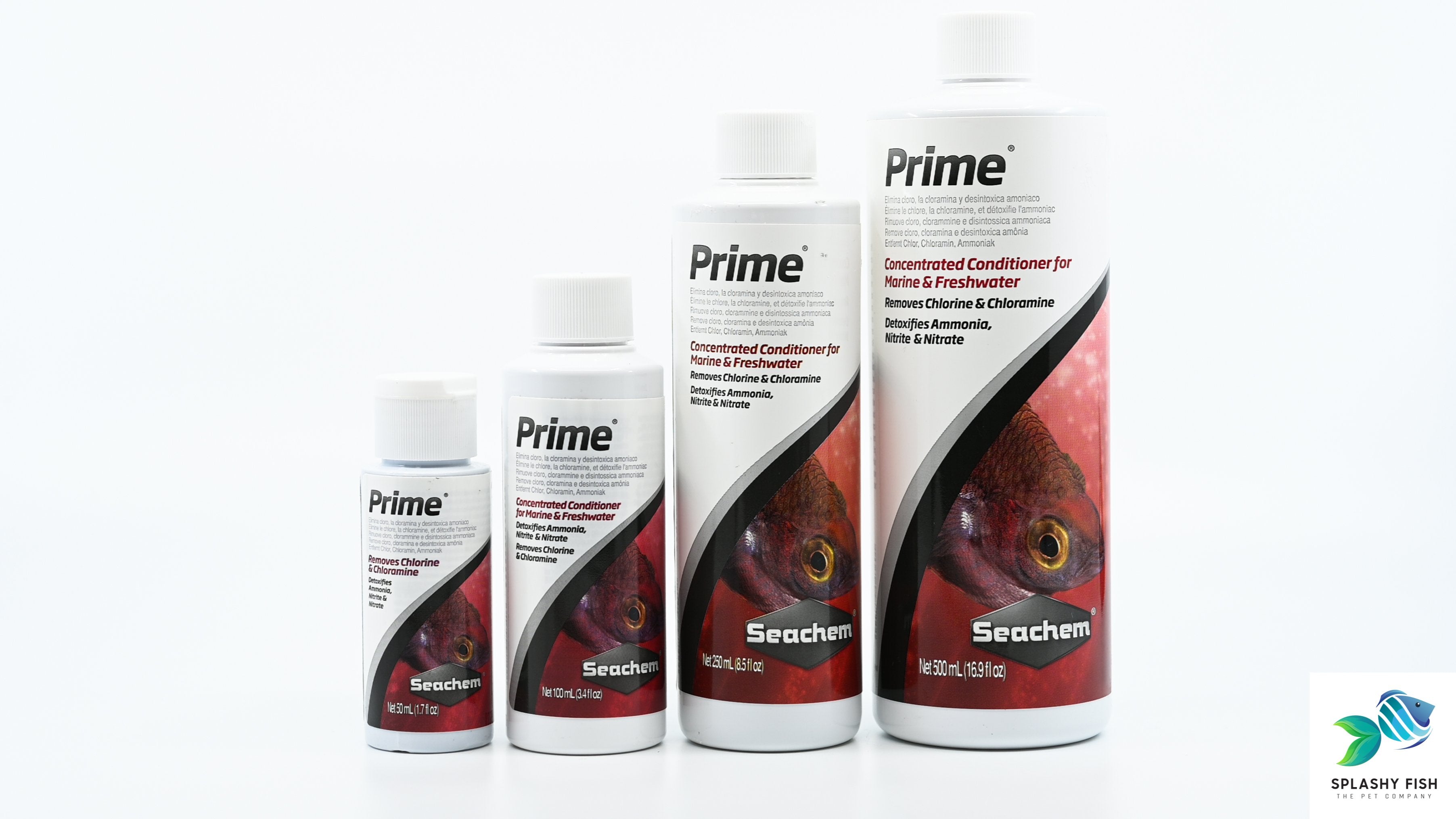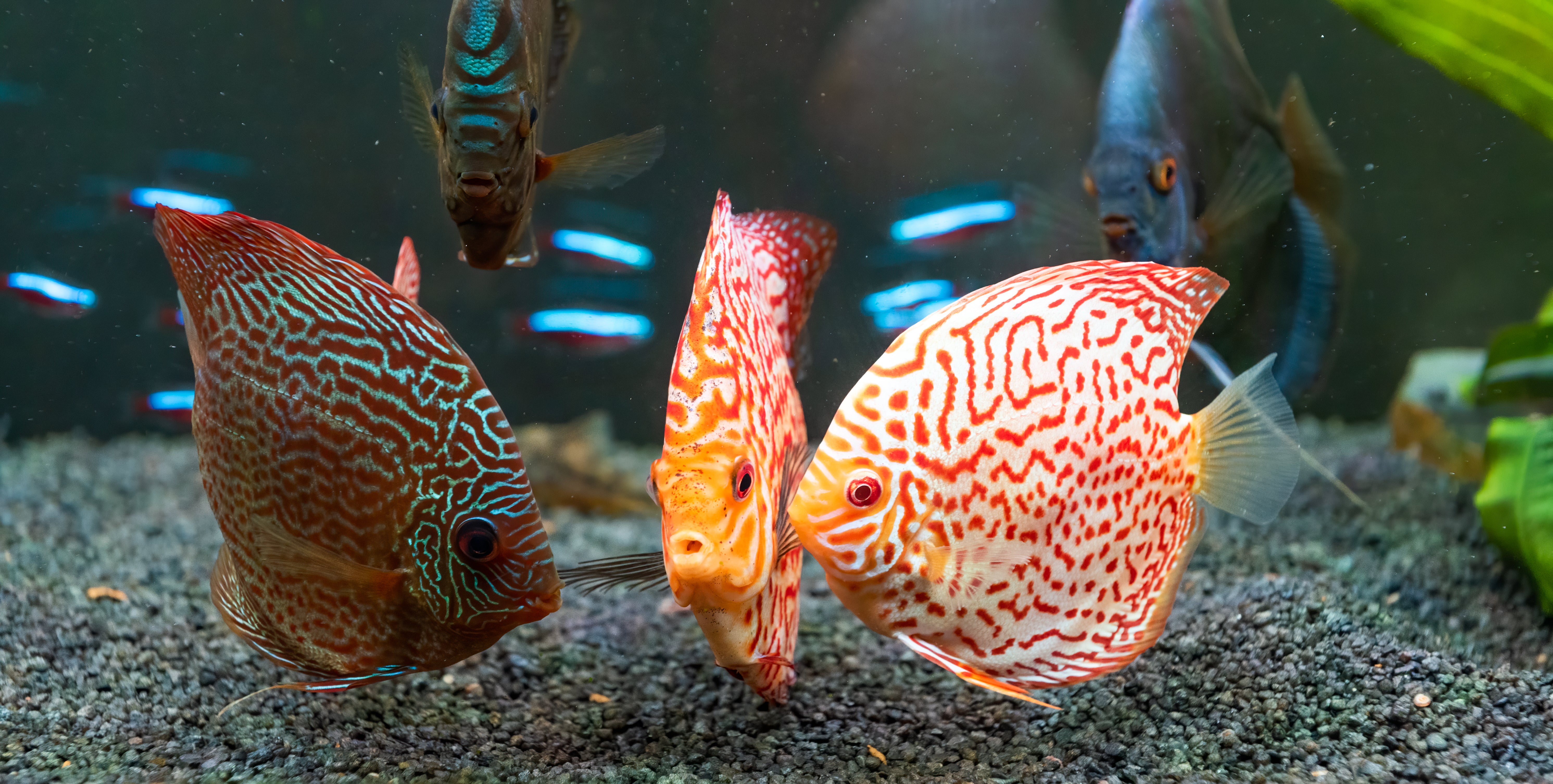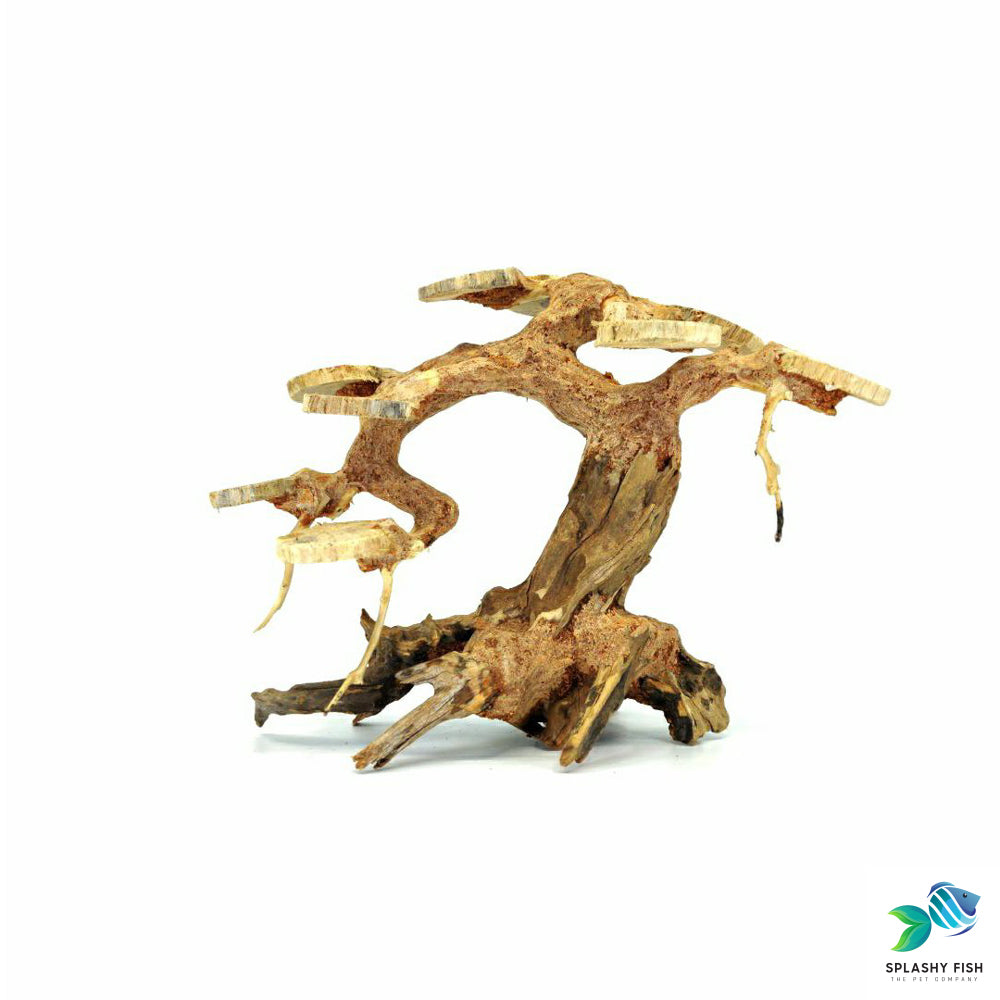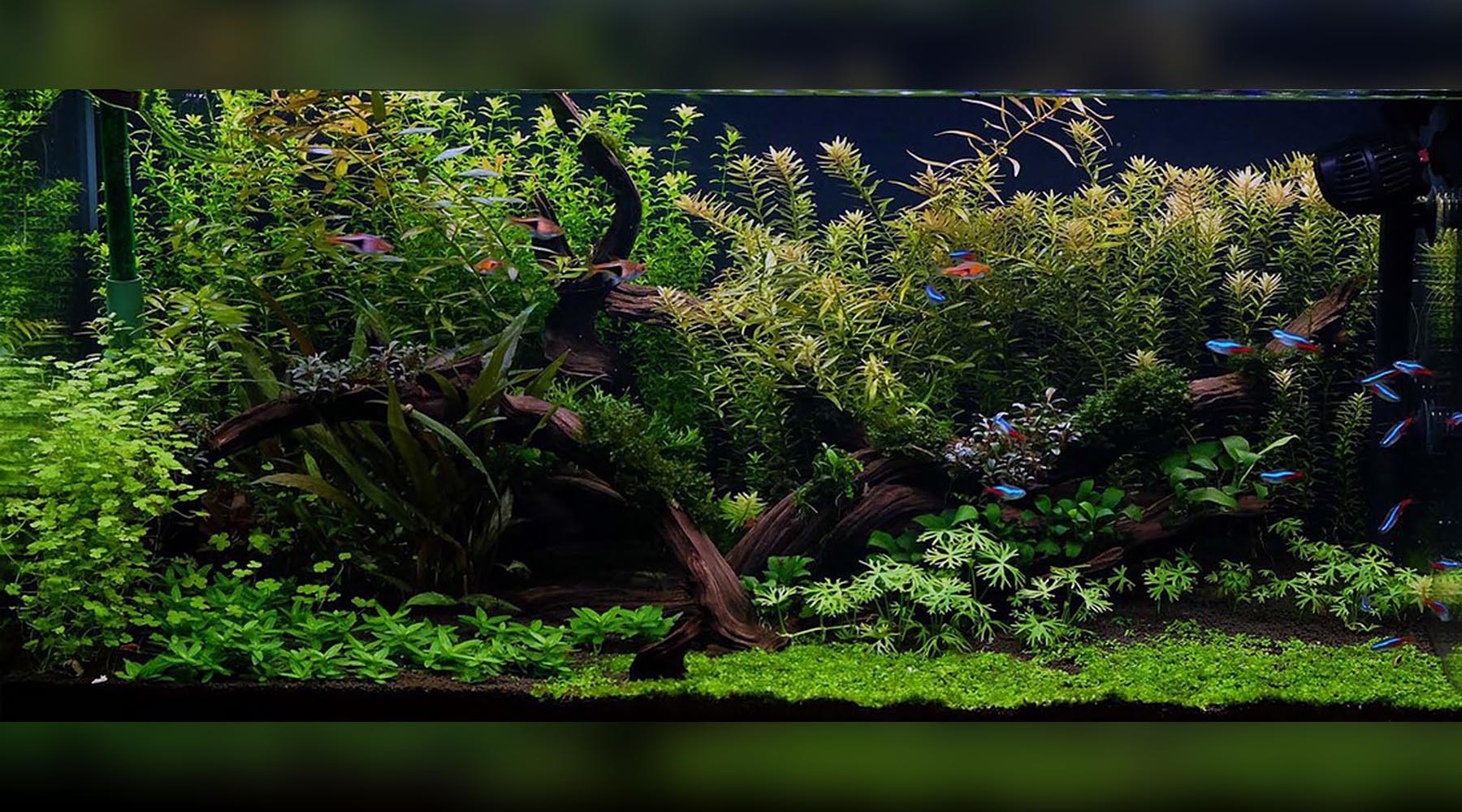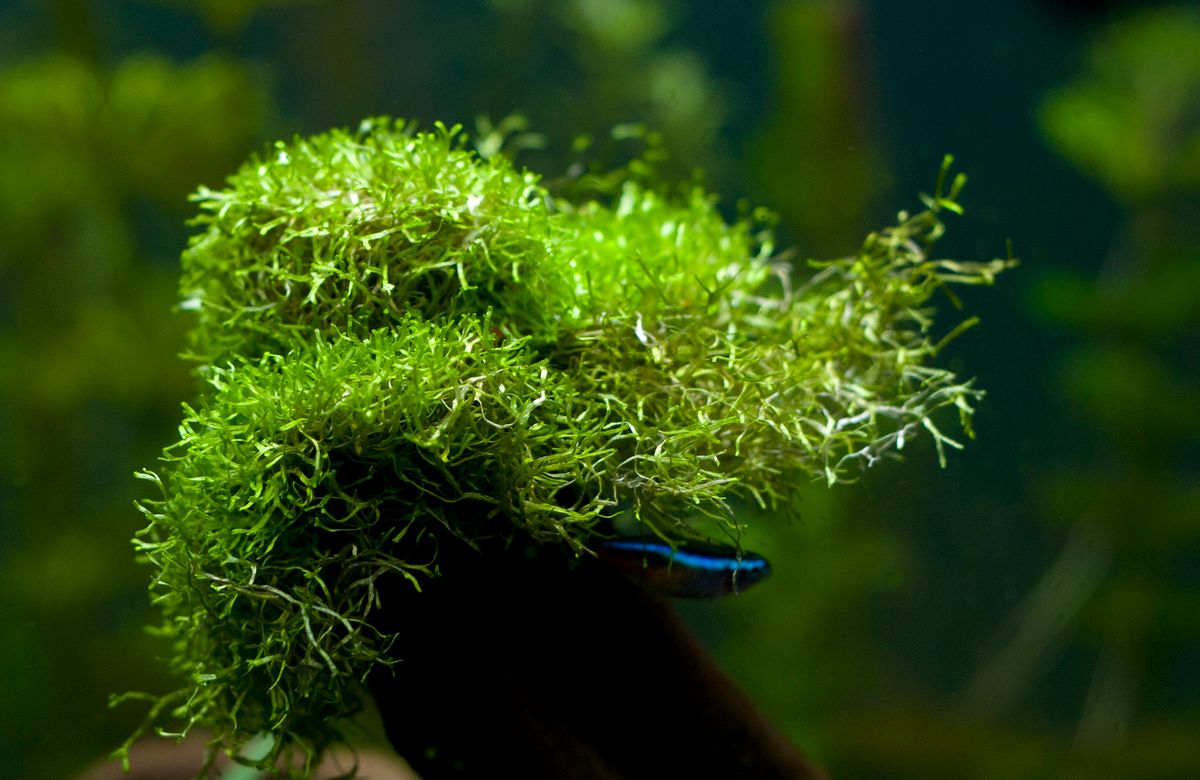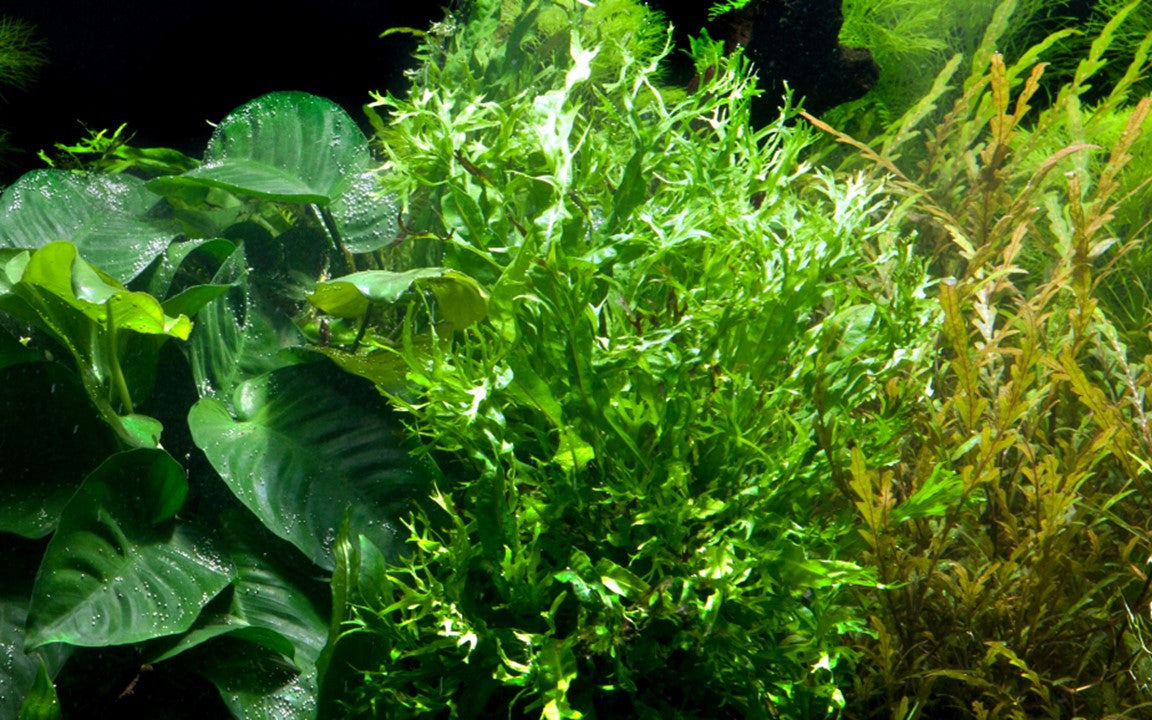HOW TO PREPARE, CURE, AND PLACE DRIFTWOOD IN YOUR FRESHWATER AQUARIUM
Your aquarium may need driftwood or not. This is subject to the fishes you’re going to keep and your aesthetic opinion when you set up your aquarium. In this article, we will provide you with the general knowledge on driftwood, what it is, why it is necessary, how to prepare, cure, and place it in an aquarium. We believe after you finish reading it, you can find the answer to the question “Should I add driftwood to my aquarium?”

(Image of aquarium driftwood)
What is driftwood?
Driftwood is wood that has been washed over through a beach, river, or a lake by action of flooding, high winds, or other natural occurrences, or as the result of logging. Most of them are the remains of trees, in whole or in part, and generally found on seashores or river/ lake banks. They can be in any shape but normally share the similarity of gray, gnarled and weathered-looking.
Driftwood can be used for many purposes, as parts of decorative furniture or other art forms , or simply aquascaping material which is also our focus of the discussion today.
How come your aquarium needs driftwood?
Your aquarium needs it not only because of aesthetic reasons but because your aquatic creatures may need it as well.
Driftwood acts as a shelter for your fish. When they feel insecure or stressed, they may hide themselves there. Besides, driftwood can be a place for them to find food, especially for creatures considered algae-eating critters.
(Image of driftwood displayed in an aquarium)
Moreover, driftwood plays an important role in adjusting water conditions. It can be home to colonies of good bacteria which help to balance and maintain a non-toxic environment. Also, the tannins leaching from driftwood naturally lowers the pH of the water which benefits those fishes preferring that living condition.
For more information about benefits of driftwood, read our article Benefit of Adding Driftwood to Aquarium.
Where to find driftwood?
With many advantages it brings, you may somehow understand why the fishkeeping community recommends adding driftwood to an aquarium.
Although we’ve told you that driftwood can be found near seashores or river/ lake banks, it does not mean you should go there, pick it up then directly put it in your aquarium. Driftwood, whether found by yourself or bought from a specialized store, needs well-processing before being put in an aquarium. We do not recommend using self-found driftwood, especially to beginners who may not have much experience in handling and assessing driftwood. Natural found driftwood contains lots of things which may be harmful to your aquarium community. If you cannot thoroughly remove the contaminants on the driftwood, it will be a disaster to your aquarium rather than a pleasant decoration. Instead, we highly encourage using well-handled driftwoods which are broadly sold in specialized stores.
Our store supplies a wide range of aquarium driftwood in various shapes. You can find there Jungle Bonsai Driftwood, Multi Trunk Bonsai Driftwood, Creeping Bonsai Driftwood, Wind Swept Bonsai Driftwood, Rainforest Bonsai Driftwood, Bonsai Driftwood on Rock, Redwood Bonsai Driftwood, Dragon’s Tail Bonsai Driftwood, Cwliff-hanger Bonsai Driftwood, Swamp Bonsai Driftwood. Visit splashyfishstore.com for more choices.
How to prepare, cure, and place driftwood in an aquarium?
Once you find out your ideal driftwood, the next thing will be how to place it in your aquarium.
If you notice the aquariums decorated with driftwood, you will find driftwood hardly stands alone. It normally coexists with aquatic plants or is covered by mosses. Such fixed structure should be well-designed and placed at the beginning of establishing the aquarium. Or else, any change/ relocation later will adversely affect that structure as well as your fish community.
To avoid that, start the process with sketching your desirable aquarium’s landscape.
Sketching your aquarium’s landscape: Driftwood may not be the only decorative material in your aquarium. Thus, sketching allows you to imagine its appropriate location and how it can harmonize with other items. This helps you avoid any unnecessary adjustments later as well as easily visualizes your desirable aquascape without disturbing your well-established aquarium. To do this, you should define
- the type and shape of driftwood you wish to put in your aquarium, whether it is positioned vertically or horizontally, how large it is, whether you can put it on the corner or in the middle of the aquarium.
- other decorative items (if any), whether it goes with aquatic plants (usually give its best effect in heavily planted aquarium tanks), rocks, artificial caves, how to arrange them with driftwood to create a unique landscape. If you do not have any specific ideas, you can refer to relevant websites instructing how to design driftwood aquariums to determine your aquascaping style.
Cleaning Driftwood: Now comes the processing steps. Cleaning your driftwood is a must even if you buy it in specialized stores. Your newly bought driftwood may remain dirt or debris which may cause changes in water conditions of your aquarium. To mitigate that risk, cleaning cannot be skipped. Use a clean brush to gently scrub the driftwood thoroughly to remove any dirt or debris. Do not use any soap or chemical cleansers as any residue will pollute your aquarium.
The cleaned driftwood then needs soaking to saturate and curing.
Boiling Driftwood: This is optional but recommended. Boiling driftwood has several benefits. Among others, it encourages more tannins to leach out faster, sterilizes the driftwood, kills algal or fungal spores. The process is not complicated. All you need to do is boil your driftwood for 1-2 hours.
Curing Driftwood: Put your driftwood in a large bucket and let it submerged underwater for a minimum period of 1-2 weeks. Make sure the entire piece is completely underwater. Checking the soaking regularly to see if water change is needed. If the water is darkened, empty all of the water and gently rinse the driftwood. Then, fill the bucket with clean dechlorinated or RO water and continue soaking the driftwood. Repeat this process until you no longer notice any significant discoloration for several days in a row.
Now, your driftwood is ready for placement. See your sketch and start the decoration.


